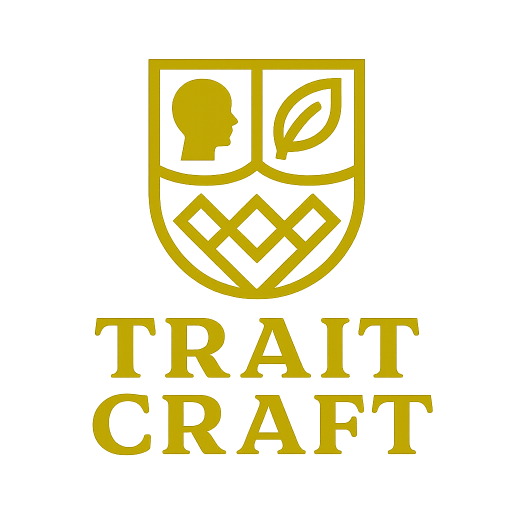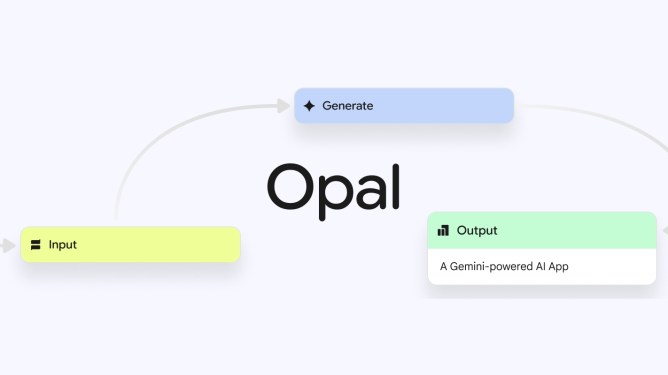AI-powered coding tools have surged in popularity over the past few months, with nearly every major tech company either adopting or developing their own. These “vibe-coding” tools are in high demand, and startups like Lovable and Cursor are fending off eager buyers and investors looking to capitalize on the trend.
Google has now joined the movement by testing its own vibe-coding tool called Opal, available to U.S. users through Google Labs. This experimental platform allows users to create mini web apps using simple text prompts or remix existing apps from a gallery. Users describe the app they want, and Opal leverages Google’s AI models to build it.
Once the app is generated, users can explore an editor panel that displays the visual workflow, including input, output, and generation steps. Each step can be clicked to view and edit the underlying prompt. Additional steps can also be manually added using Opal’s toolbar.
Beyond creation, Opal enables users to publish their apps online and share them with others for testing, provided they use their Google accounts. While Google’s AI studio already allows developers to build apps with prompts, Opal’s visual workflow suggests the company is aiming for a broader, less technical audience.
Google is entering a competitive space alongside companies like Canva, Figma, and Replit, which are also developing tools to help non-technical users prototype apps without coding.
TechCrunch Disrupt 2025 is set to feature industry leaders from Netflix, ElevenLabs, Wayve, and Sequoia Capital, among others. The event will offer insights to fuel startup growth and sharpen competitive edges. Celebrating its 20th anniversary, TechCrunch Disrupt 2025 promises learning opportunities from top voices in tech. Early registration offers savings of up to $675 before prices increase.
The event will take place in San Francisco from October 27-29, 2025.

